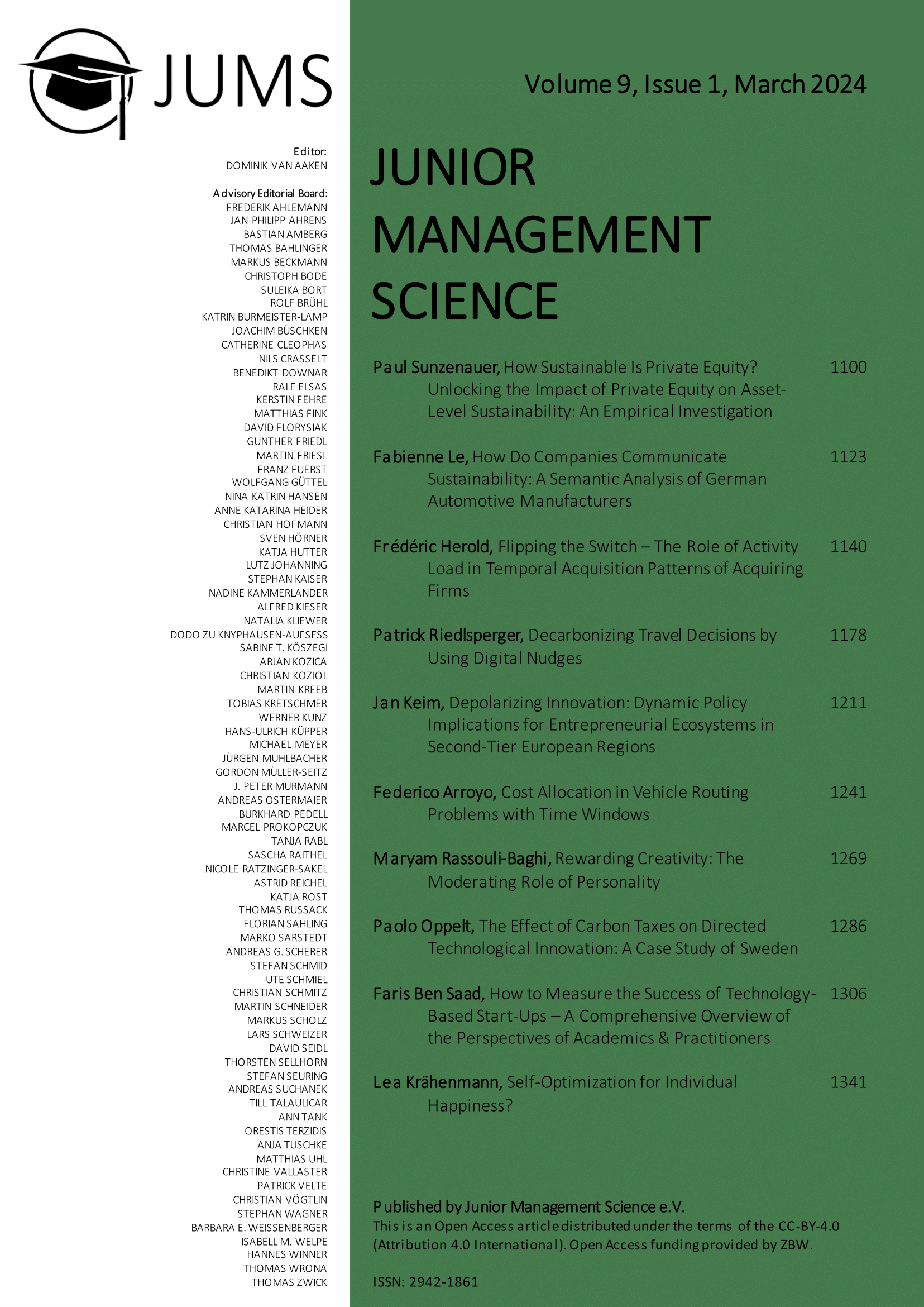Abstract
Entrepreneurial ecosystem (EE) research has mainly focused on metropolitan regions and neglected second-tier (European) regions. I use a comparative case study approach with a focus on regional public policy to analyze two second-tier European regions: Uppsala and Galway. The results show that EEs can emerge as a by-product of attracting foreign direct investment or investment in higher education and research. In both cases, the R&D activities of multinational enterprises (MNEs) and universities contribute to the emergence and growth of EEs by enabling the creation of spin-offs. Given the limited resources in second-tier regions, EE initially focus on specific industry clusters to maximize resource efficiency. Later diversification increases ecosystem resilience and mitigates cluster risks. However, limited access to growth capital in second-tier EEs leads to increased acquisition activity by MNEs or the relocation of high-growth ventures to metropolitan areas. Policy measures that support second-tier regions’ efforts to create local EEs initially focus on promoting R&D, knowledge spillovers, and research commercialization, later include the creation of supportive infrastructure, and finally enable the attraction of growth capital to the region.
Keywords: economic geography; entrepreneurial ecosystems; public policy; second-tier regions; spatial context

Dieses Werk steht unter der Lizenz Creative Commons Namensnennung 4.0 International.
Copyright (c) 2024 Jan Keim

